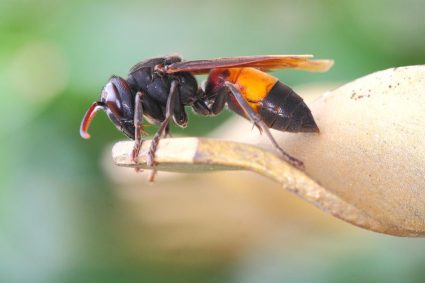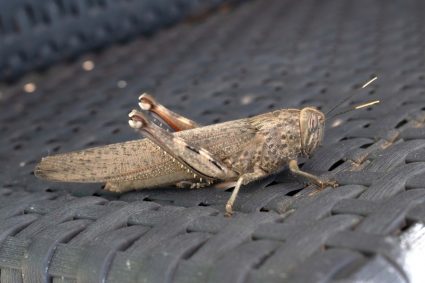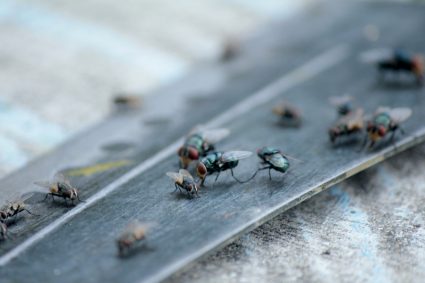
Coyotes are native to North America, and their population has been growing and expanding across the continent. While these intelligent and adaptable animals generally avoid human interactions, their increasing presence in urban areas has led to more encounters with people. In this article, we’ll explore how to protect yourself from coyotes, keep your pets safe, and coexist peacefully with these wild animals.
To protect yourself from coyotes, understand their behaviors and signs of their presence. Discourage them from entering your property by installing coyote-proof fencing, using deterrents, and removing potential food sources. If you encounter a coyote, never run, make yourself appear larger, make loud noises, and maintain eye contact while backing away slowly. Protect your pets by keeping them indoors or in a securely fenced area, especially at night, and always supervise them when outside.
Common Coyote Behaviors
Coyotes exhibit a range of behaviors that are important to understand for effective coexistence. They are typically nocturnal but may also be active in the early morning and at sunset. Their diet is diverse, consisting of small rodents, fruits, insects, and occasionally small pets if they are easily accessible. Coyotes usually hunt alone or in pairs, but when hunting larger prey like a deer, they may work together in small packs.
These animals are naturally curious and can travel long distances in search of food and territory. They may traverse through urban neighborhoods, consuming fruit from trees, scraps from trash cans, rabbits, or pet food left outside. Their vocalizations, which include howls, yips, barks, growls, and hisses, are often heard at night.
Signs of Coyote Presence
There are several signs that coyotes are present in an area. These include their distinct vocalizations, tracks, scat, tufts of fur caught in fences or bushes, and damage to irrigation lines. Additionally, missing or injured livestock and pets can also indicate their presence.
Protecting Your Property from Coyotes
To discourage coyotes from entering your property, take the following steps:
- Install coyote-proof fencing. This should be at least 8 feet tall, as coyotes can jump up to 6 feet. Additionally, the fence should be sunk deep into the ground to prevent coyotes from digging under it.
- Use deterrents like motion-activated lights or sprinkler systems.
- Remove potential food sources such as pet food, fallen fruit, and spilled seed beneath bird feeders.
- Keep garbage in tightly closed containers that cannot be tipped over.
- Trim bushes and trees that provide hiding places for coyotes.
Encountering a Coyote
If you encounter a coyote, it’s important to know how to respond to prevent any potential conflict:
- Never turn your back or run from a coyote. This can trigger their instinct to chase.
- Make yourself appear larger by standing tall and waving your arms.
- Make loud noises or throw objects towards (not at) the coyote.
- Maintain eye contact and back away slowly.
Protecting Pets from Coyotes
Pets, especially small dogs and cats, can be vulnerable to coyote attacks. To keep your pets safe, follow these guidelines:
- Keep pets indoors or in a securely fenced area, especially at night.
- Do not leave pet food outside as it can attract coyotes.
- Keep pets on a leash when walking them.
- Supervise pets when they are outside.
Misconceptions about Coyotes
Misunderstanding coyote behavior can lead to unnecessary fear and conflict. Here are some common misconceptions:
- Coyotes always travel in large packs: While coyotes can form packs, they often live in pairs or are solitary.
- Coyotes only come out at night: Coyotes can be active any time of the day, especially during their breeding season.
- All coyotes are dangerous to humans: Coyote attacks on humans are rare. Most coyotes are fearful of people and will avoid human interaction.
By understanding these misconceptions, you can better coexist with coyotes and reduce the likelihood of conflict.
In the Event of a Coyote Attack
Coyote attacks are rare but knowing how to respond is crucial:
- Protect children and pets by picking them up.
- Make loud noises and make yourself appear larger.
- Use deterrents like air horns or whistles.
- If the coyote does not leave, throw objects towards it, not at it.
In conclusion, with the right knowledge and precautions, we can coexist peacefully with coyotes. By understanding their behavior, taking steps to deter them from our properties, and knowing how to respond in the event of an encounter, we can ensure the safety of ourselves, our pets, and the coyotes.
Frequently Asked Questions
What time of the year are coyotes most active?
Coyotes are active year-round, but they are particularly active during their breeding season, which typically occurs from January to March.
Is it legal to feed coyotes?
In most areas, it is illegal to feed coyotes. It is also unwise as it can make them dependent on human food sources and potentially more aggressive.
What should I do if I find a coyote den on my property?
If you find a coyote den on your property, it’s best to leave it alone and keep a distance. Coyotes are protective of their dens and may become aggressive if they feel threatened. If the den poses a serious risk, contact your local animal control or wildlife agency.
Are there any natural predators of coyotes?
Yes, coyotes have a number of natural predators including wolves, bears, and large cats like mountain lions. However, in urban and suburban areas where these predators are less common, coyotes often have no natural predators.
Can coyotes carry diseases?
Yes, coyotes can carry diseases such as rabies, distemper, and parvovirus. They can also carry parasites like ticks, fleas, and mites which can transmit diseases to pets and humans. It’s important to keep a safe distance from coyotes to avoid potential exposure.











